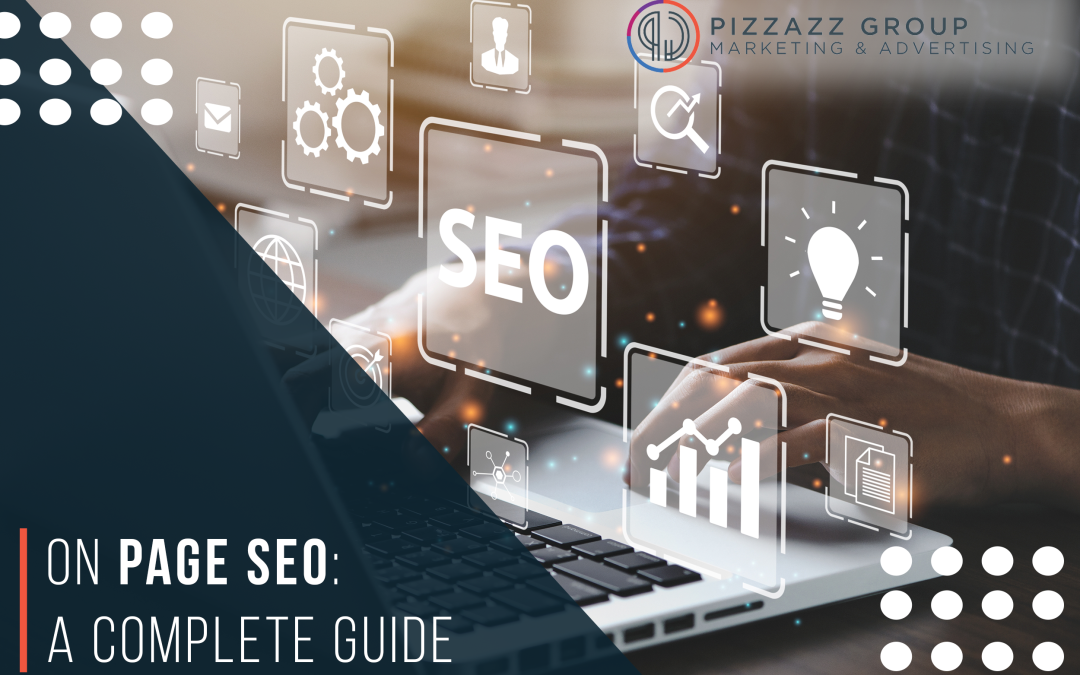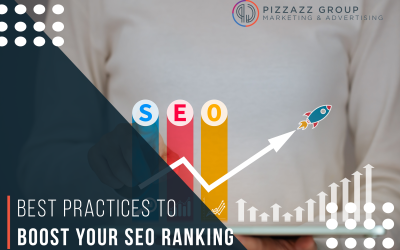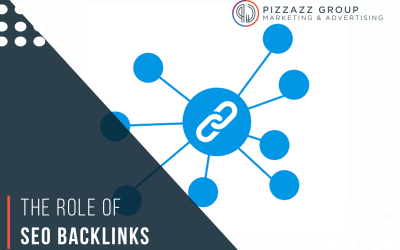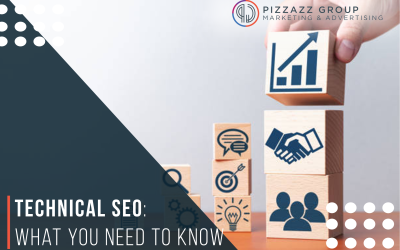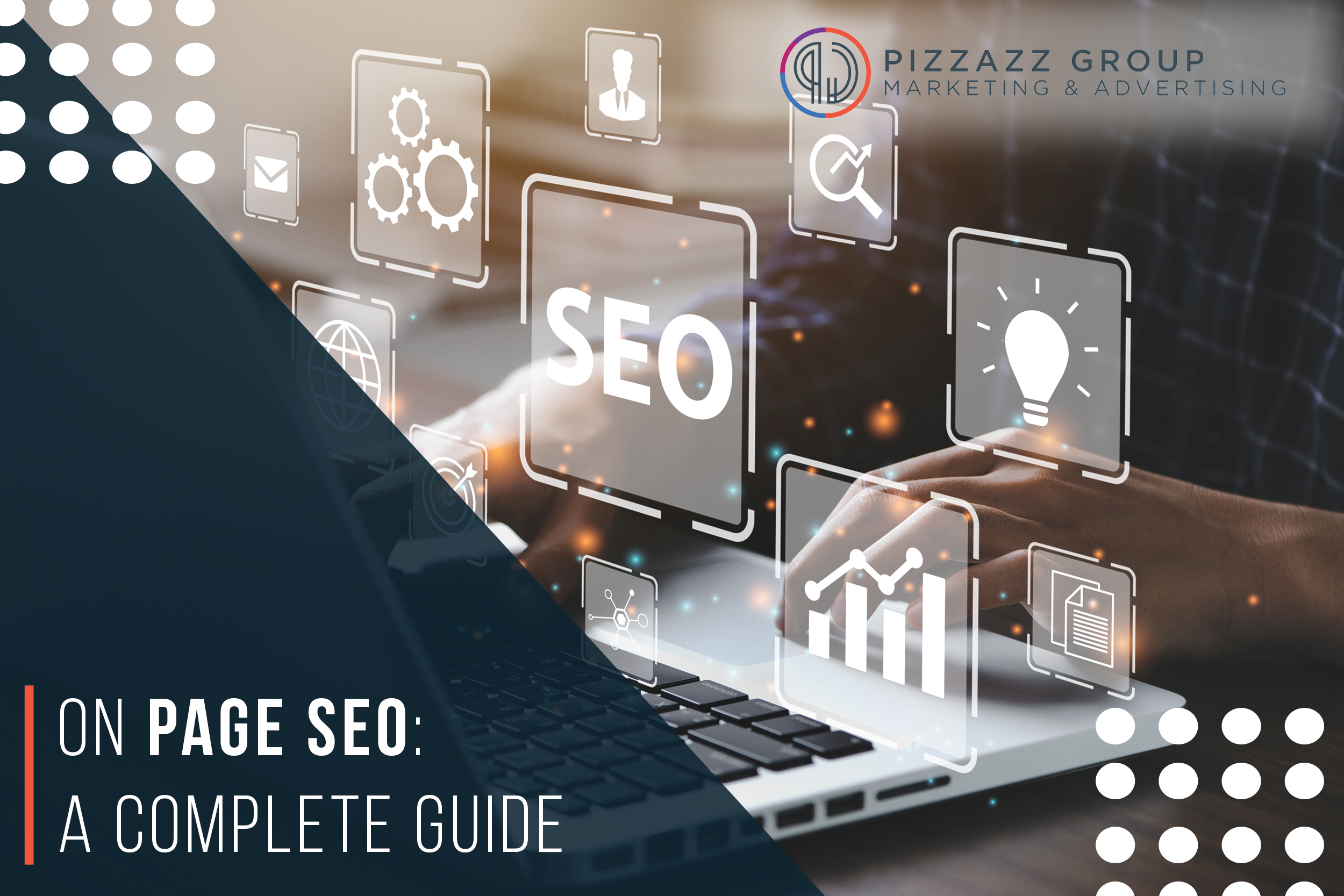
Understanding On-Page SEO
Understanding On-Page SEO

Key elements of on-page SEO include:
1. Content Quality
2. Title Tags
3. Meta Descriptions
4. Header Tags (H1, H2, H3, etc.)
5. URL Structure
6. Internal Linking
7. Image Optimization
8. User Experience (UX)
9. Mobile Friendliness
10. Site Speed
Content Quality
Importance of High-Quality Content
Content is the backbone of on-page SEO.
1. Originality: Ensure your content is unique and not duplicated from other sources.
2. Relevance: Address the needs and questions of your target audience.
3. Depth: Provide comprehensive information on the topic, covering various aspects and answering potential questions.
4. Engagement: Write in an engaging manner that holds the reader’s attention.
5. Readability: Use clear, concise language and break content into digestible sections with subheadings.
Title Tags
Role of Title Tags
Best Practices for Title Tags
1. Length: Keep title tags between 50-60 characters to ensure they are fully displayed in SERPs.
2. Keywords: Include primary keywords near the beginning of the title.
3. Descriptiveness: Accurately describe the page content.
4. Uniqueness: Ensure each page on your site has a unique title tag.
Meta Descriptions
Significance of Meta Descriptions
Crafting Effective Meta Descriptions
1. Length: Aim for 150-160 characters.
2. Keywords: Include relevant keywords naturally.
3. Compelling: Write engaging descriptions that encourage users to click.
4. Accurate: Reflect the content of the page accurately.
Header Tags (H1, H2, H3, etc.)
Function of Header Tags
Optimizing Header Tags
1. H1 Tag: Use one H1 tag per page, incorporating the primary keyword and clearly indicating the main topic.
2. Subheadings: Use H2, H3, and other tags to organize content into sections and subsections. This improves readability and SEO.
URL Structure
Importance of URL Structure
Creating SEO-Friendly URLs
1. Simplicity: Keep URLs short and simple.
2. Keywords: Include primary keywords in the URL.
3. Hyphens: Use hyphens to separate words (e.g., example.com/on-page-seo-guide).
Internal Linking
Role of Internal Linking
Best Practices for Internal Linking
1. Relevance: Link to related content that provides additional value.
2. Anchor Text: Use descriptive anchor text that includes relevant keywords.
3. Hierarchy: Create a logical link hierarchy to guide users and search engines through your site.
Image Optimization
Importance of Image Optimization
Optimizing Images
1. File Size: Compress images to reduce file size without compromising quality.
2. Alt Text: Use descriptive alt text to help search engines understand the image content and improve accessibility.
3. File Names: Use relevant keywords in image file names.
User Experience (UX)
Significance of UX
Enhancing UX
1. Navigation: Ensure your site is easy to navigate.
2. Design: Use a clean, responsive design that adapts to different devices.
3. Content Layout: Use white space, bullet points, and short paragraphs to make content more readable.
Mobile Friendliness
Importance of Mobile Friendliness
Ensuring Mobile Friendliness
1. Responsive Design: Use a responsive design that adjusts to different screen sizes.
2. Mobile Testing: Regularly test your site on various mobile devices to ensure functionality and usability.
Site Speed
Impact of Site Speed
Improving Site Speed
1. Hosting: Choose a reliable hosting provider.
2. Caching: Use browser caching to improve load times.
3. Minification: Minify CSS, JavaScript, and HTML files to reduce file size.
Conclusion
Remember, SEO is an ongoing process. Regularly review and update your on-page SEO strategies to adapt to changes in search engine algorithms and user behavior. By staying proactive and committed to best practices, you can achieve and maintain a strong online presence that drives traffic, engagement, and conversions.
For more information on SEO, contact Pizzazz Group at customer@pizzazzgroup.com or by calling (614) 350-1681.
Related SEO Blogs
Best Practices To Boost Your SEO Ranking
Achieving and maintaining a high search engine ranking is the name of the game for online success. Effective Search Engine Optimization (SEO) can drive organic traffic, improve visibility, and enhance the credibility of your website. This comprehensive guide outlines...
The Role of SEO Backlinks
Backlinks are often touted as one of the most crucial elements for boosting a website's search engine ranking. Understanding the role of SEO backlinks can be a game-changer for anyone looking to enhance their online presence. This blog gives an introduction to...
Technical SEO: What You Need to Know
Technical SEO encompasses all the optimizations made to a website and its server that help search engine spiders crawl and index your site more effectively. Technical SEO is crucial because no matter how great your content is, if search engines can't access your site,...


